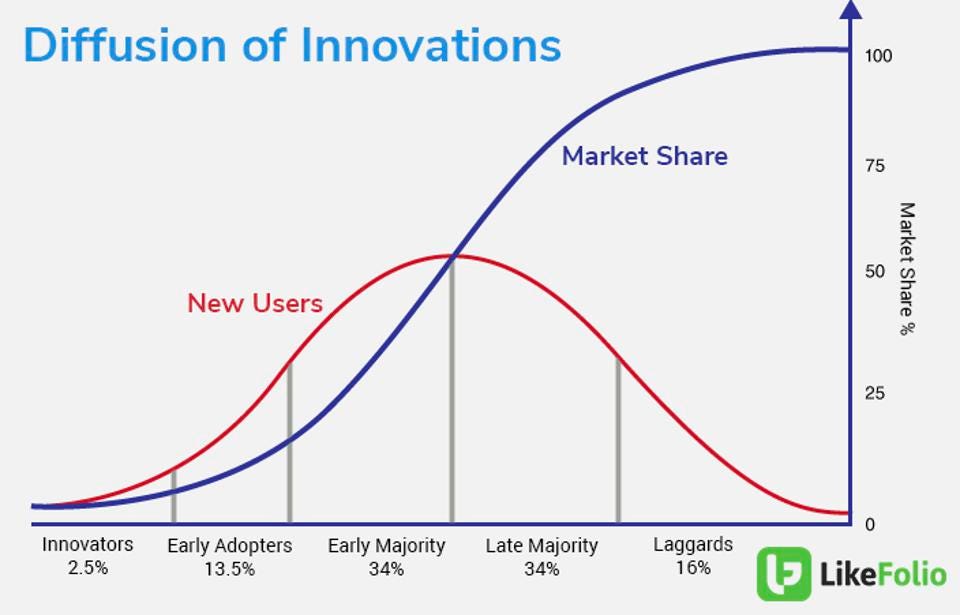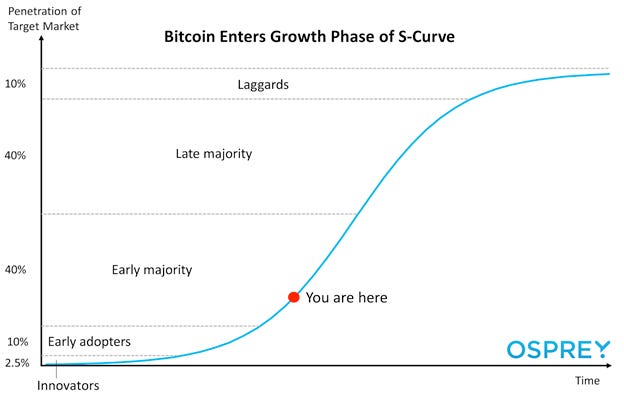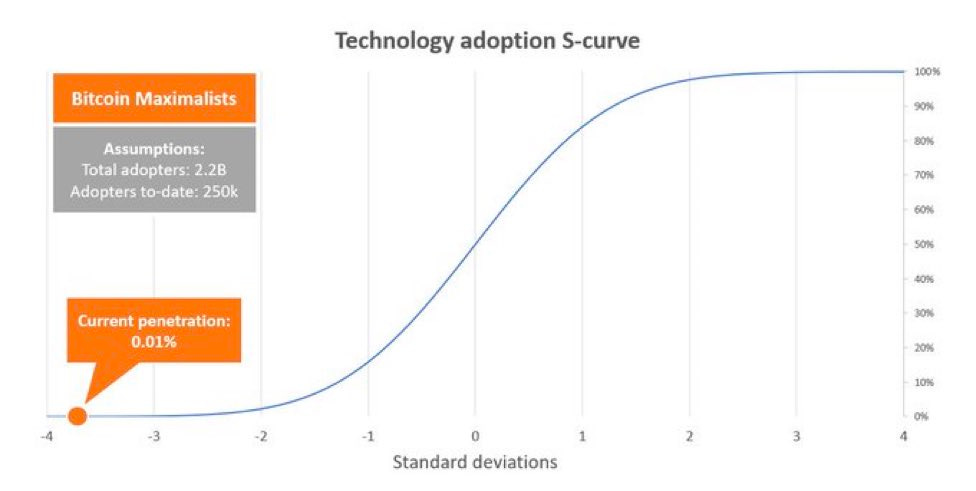Earlier Than You Think: An Objective Look At Bitcoin Adoption
How many bitcoin users are there? How should we define a bitcoin user? We cover our preferred ways to categorize and track user growth then compare it to other available estimates.
Relevant Articles:
Bitcoin Rips To $21,000, Shorts Demolished In Biggest Squeeze Since 2021
Time-Based Capitulation: Bitcoin Volatility Hits Historic Lows Amid Market Apathy
Bitcoin User Adoption
One of the strongest cases for bitcoin is its growing network effects. For bitcoin to continue to grow in the future, it needs adoption and demand. That demand comes from either growth in more capital flowing into the network and/or growth in its number of users.
Yet, defining someone who uses the Bitcoin network or is a user of bitcoin the asset is incredibly difficult and can have many definitions depending on whom you ask. This piece aims to aggregate and analyze the various definitions and estimates for bitcoin users, define our preferred view of bitcoin adoption and make our own estimations for current bitcoin users.
How Do You Define A Bitcoin User?
There’s no “right” answer in defining a bitcoin user but we considered the following questions when coming up with our definition:
Is someone who is storing bitcoin on an exchange considered a user or should we only count those who have some form of self custody?
What’s the nuance between counting on-chain addresses versus accounts or entities?
Is there a threshold of bitcoin ownership that we should consider for adoption? Is that threshold denominated in bitcoin, fiat currency or as a share of net wealth?
Is a user defined as someone who just holds bitcoin or do they need to actively transact on-chain or on Lightning?
Would a merchant who uses the Lightning Network payment rails because of the cheaper fees but elects to immediately convert funds to fiat currency be a user?
Does a user need to run a node?
It’s likely best to think about bitcoin user adoption in stages or as different buckets. In bitcoin’s current adoption stage, we know that the main use case is storing value with users predominantly investing/holding the asset. As adoption progresses, we’re likely to see a growing case for medium of exchange use but we’re still incredibly early on that path. Some rough categories to think about different user types:
Casually Interested: User owning any amount of bitcoin or bitcoin-related product. This could be someone with $5 in an old wallet, a share of GBTC or someone who dabbled with buying a small amount of bitcoin once on Coinbase.
Allocator/Investor: User who purchases bitcoin or bitcoin-related products on a recurring basis. Primarily interested in making financial gain on bitcoin’s potential price appreciation. May or may not self custody or use a custodial solution. Likely has 1-5% allocation of their net worth in bitcoin/bitcoin products.
Heavy User: User who stores a significant portion of net worth in bitcoin through self custody and/or actively engages in on-chain or Lightning transactions. Someone primarily interested in using a separate form of money and monetary network. Likely has more than 5% allocation of their net worth in bitcoin.
Many of the eye-popping adoption numbers that we see today tend to track all these categories together. Maybe that’s the right approach for a high-level view of potential adoption and the first touchpoint, but it doesn’t tell us much about the number of users using bitcoin for its primary purpose: decentralized peer-to-peer cash where users can store and transact value on a separate monetary network. Ideally, we want to track the growth of heavy users to reflect meaningful adoption of bitcoin.
The below table aggregates some of the key bitcoin user estimates that have been published over the last six years to give you an idea of how varying these estimates can be. Looking at casually interested users, numbers from 2022 range from 200 to 800 million users. These are counts from survey samples, data from on-chain analytics and includes exchange users. All of these studies have different definitions and methodologies for calculating adoption, showing how difficult it is to compare estimates out there today.
Technology Adoption S-Curve: Internet Versus Bitcoin
New technologies typically go through an S-curve cycle as they gain market share. Adoption by the population falls into a typical statistical bell curve. An S-curve just reflects the typical adoption path for innovative technologies over time.
Many of the classic projections for S-curve adoption use a more high-level view of the casually interested users to track bitcoin growth compared to internet adoption. Basically, these estimates track interested users of all types: those who have had any touch points with bitcoin from buying a little bit on an exchange, having a wallet with $5 worth of bitcoin to the bitcoin user storing greater than 50% of their net worth in self custody.
Tracking casually interested users would give people a ballpark estimate of around the same adoption curve as the internet. However, if we’re really interested in tracking meaningful, lasting bitcoin adoption then we would argue that tracking the number of heavy users is a better measure for the current state of bitcoin adoption and emphasizes just how early in Bitcoin’s lifecycle we are. When looking at the more popular analysis comparisons that have previously circulated (included below), they paint a picture that bitcoin adoption is much further along than we calculate it to be.
Upcoming Twitter Spaces: Bitcoin Magazine PRO will sit down with Croesus to discuss bitcoin adoption on Thursday, February 3 at 4:00 pm ET. Click below to set your reminder so you don’t miss out.
In 2020, Croseus wrote a thread that analyzes bitcoin adoption in a similar way that we set out to do in this piece. He outlined the adoption curves across four different user groups and focused on a preferred view of a similar group as our bucket of heavy users, though his category of full bitcoin adoption is even more strictly defined. He uses a creative way to categorize significant adoption by loosely calculating based on sales of “The Bitcoin Standard” by Saifedean Ammous, Bitcoin Maximalist Twitter accounts and on-chain data. His conclusions show a similar view to our own: Significant bitcoin adoption is much lower than the estimates of 10-15% penetration or roughly 500 million users that are commonly thrown around today. In fact, he suggests that bitcoin adoption by what we would consider “heavy users” is at 0.01% penetration of the global population.
The rest of this article is open to paying members only. Here’s what’s behind the paywall 🔏:
In-depth analysis of bitcoin users using addresses and entities. 📫
Our calculations for current bitcoin adoption by the global population. 🌎
Bitcoin Magazine PRO’s New Market Dashboard. 📊
Keep reading with a 7-day free trial
Subscribe to Bitcoin Magazine Pro to keep reading this post and get 7 days of free access to the full post archives.












